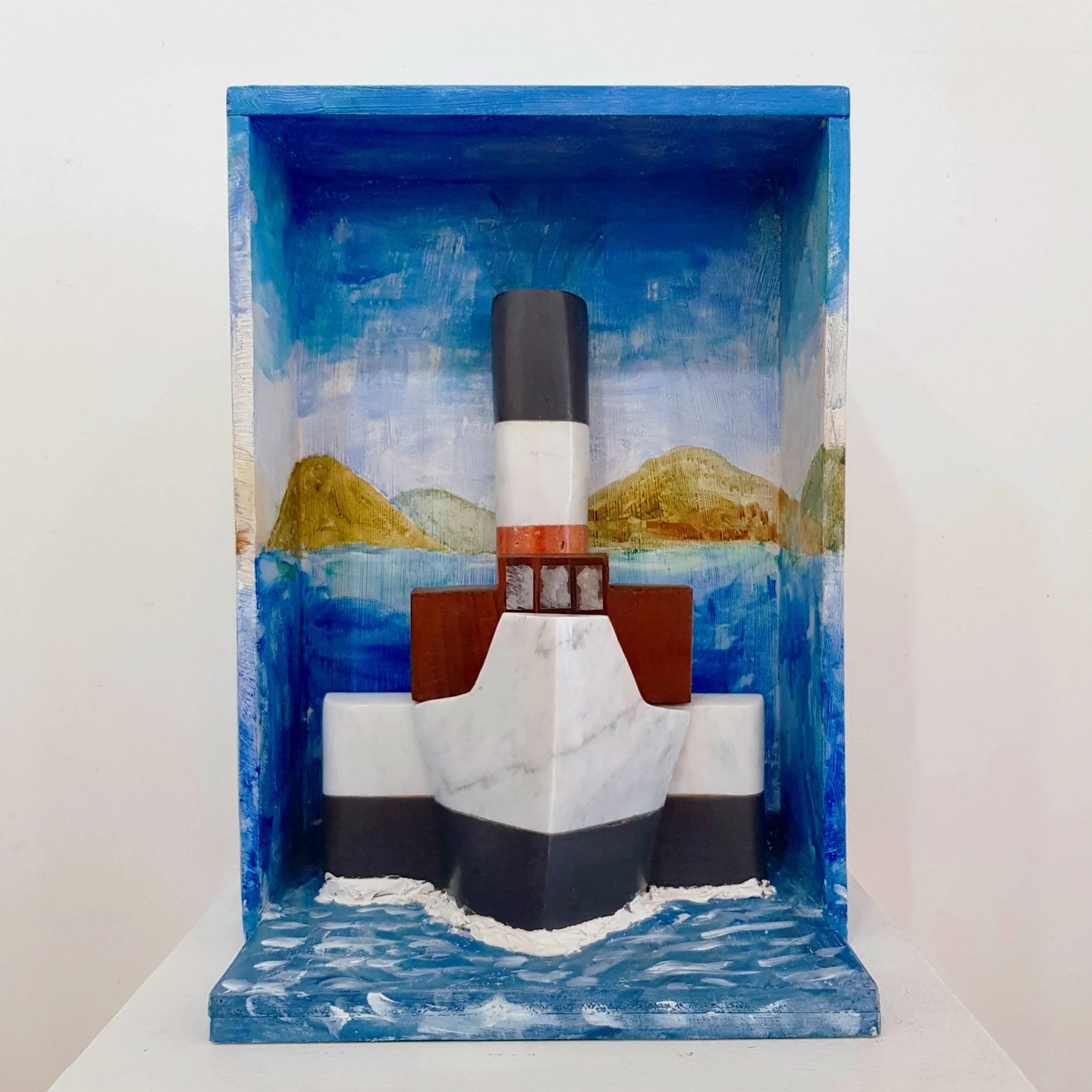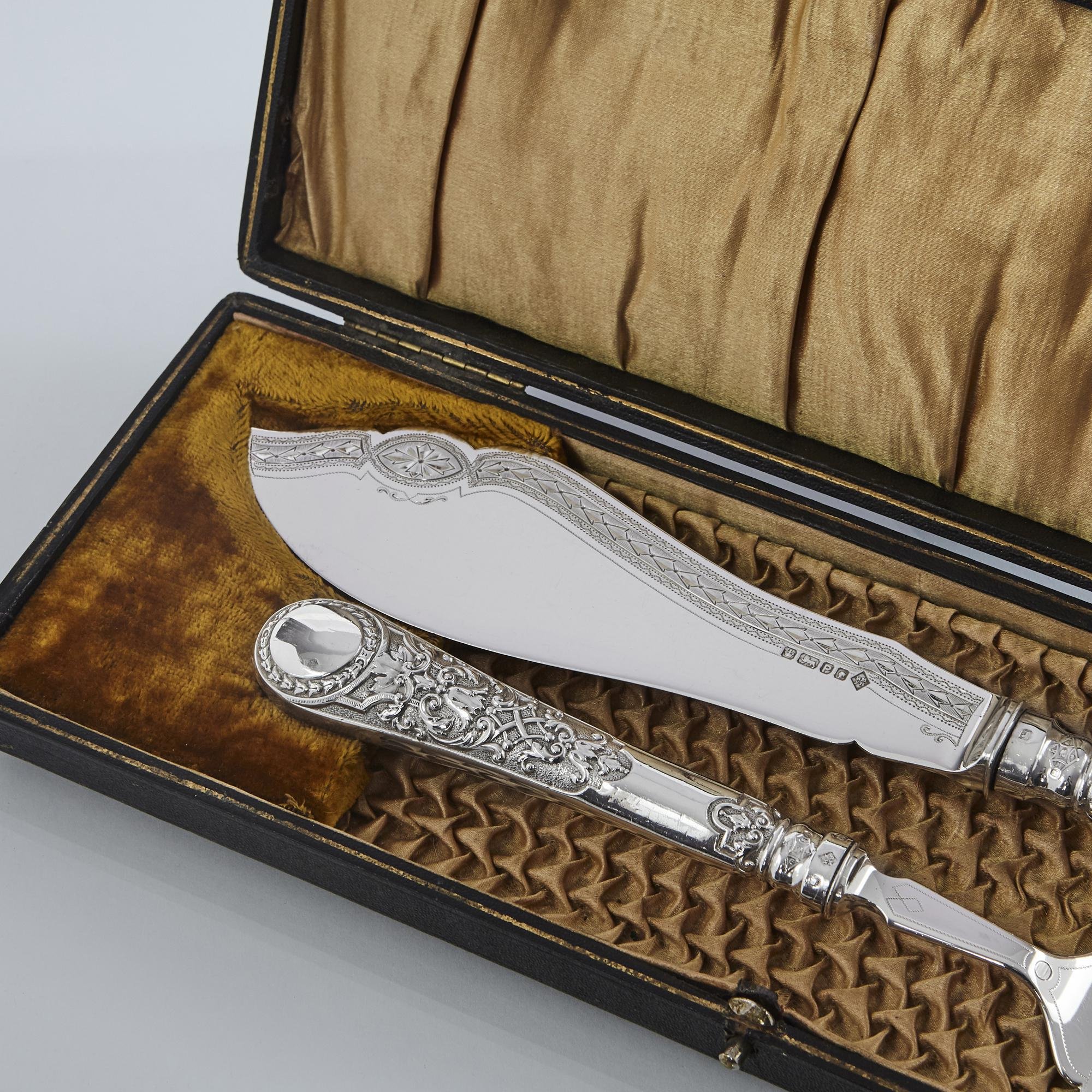All Natural
17 March 2022
Why is nature such a key source in design, and how does it fit in the contemporary world?
Jo Lawson-Tancred
Jo Lawson-Tancred writes about art and the art market for Apollo Magazine, The Financial Times, and The Economist's 1843 magazine, among others. She is also a data scientist, having completed her MSc in Data Science.
Émile Gallé (1846-1904), Art Nouveau cameo glass vase decorated with leaves and seeds.
Image courtesy of Solo Antiques.
From the elaborate gilt foliage that adorns a Louis XIV commode to the organic materials now being used in contemporary design, artists and furniture makers have turned time and again to nature as an evergreen source of inspiration. Looking outwards from their studios, new generations of creative minds have repeatedly returned to this bounty of source material and found new ways to interpret its forms and fabrics.
Rococo furniture may exude a magnificent opulence associated with the sort of civilised refinement that supposedly places humans at a remove from their more wild and primitive roots, but its highly fluid and sinuous forms can easily be traced to the natural world. By abstracting these forms and reapplying them generously as ornament, their sprawling, blossoming curves become signifiers of luxury and abundance. Inevitably, however, turning nature into design means it must first be tamed. Forms are simplified and standardised so that the shell, flower, leaf or vine becomes a motif, devices that still confer splendour today. Classic interiors like those by Geoffrey Bennison boast similarly sumptuous colour and detail, although their arrangement tends to be a touch more understated.
Carrying this principle of the motif through the 19th century, and with great influence on the 20th century, was William Morris. Tending obsessively to his gardens at the Red House and later Kelmscott, he embraced nature’s inherent messiness but gave order to it through his flowerbeds and trellised walls. In much the same way, the use of woodblocks prints at the time called for structure and sequence. Morris both stylised and systemised nature into a series of highly versatile designs that are still household favourites when applied to wallpaper, clothes and everyday items.
Eleanor Lakelin, Column Series: Pillar I, 2021, Horse Chestnut burr, 171 H x 44 dia cm. Credit: Michael Harvey.
Image courtesy of Sarah Myerscough Gallery and the artist.
The back to basics ethos of Morris’ Arts and Craft movement would eventually inform Art Nouveau, which also embraced a return to nature in the face of an increasingly industrialised society. ‘It was a protest really against all the factories throughout Europe’, says dealer Janice Kehoe. Among them are figures like Émile Gallé who quoted from flora and fauna to decorate his ceramics and glass and, like many of his peers, was influenced by the fanfare for Japonisme that was sweeping through Europe. ‘Often there is a hidden meaning that you might not realise just by looking’, says Kehoe, citing as an example, Daum crystal studio in Nancy, France. They began using the thistle, a symbol of Alsace-Lorraine, after the territory was ceded to the Germans during the Franco-Prussian war. It meant ‘we’re protesting but in a very polite way’, says Kehoe. More generally, mistletoe holds promise of a long life while irises allude to love and trust.
As with much of modern and contemporary art, symbolic meaning has given way to a more minimal and conceptual approach. ‘Many artists want the material - perhaps the particular tree an object is made from - to remain a dominant voice in the narrative of the piece’, says specialist Sarah Myerscough. This lends itself to a more stripped down aesthetic, but also allows designers to break free of the potentially restrictive clean-lined geometric shapes of unadorned, industrially-produced objects. In this way, they embrace the naturally-occurring ‘faults’ in the material, such as burrs or spalting in wood. ‘This precludes them from producing highly worked pieces’, says Myerscough. Examples might include sculptures by Eleanor Lakelin, in which richly textured burr becomes the centrepiece, or Adi Toch’s Shrouded series of brass objects, which are ‘painted’ by an organically occuring patina that spreads across the surface.
Looking to nature still to see what it can teach us makes sense in an age when for many our lives are necessarily urban. ‘Most of us live a life far removed from nature - all is mediated through concrete - so the artistic drive to reconnect and say something meaningful about the essential nature of the world or perhaps our alienation from that essence is understandable’, Myerscough says. ‘That feeling of ‘awe’ we have for nature is a strong driver.’
It is perhaps this indomitable ‘awe’ that has allowed creators from such a span of times and traditions to find something new to say. ‘The urge to make art about nature is not just about looking back,’ suggests Myerscough, of the present moment. ‘It’s imagining and suggesting a future that is better for the natural world and better for us all as part of it.’
Peter Marigold & Tadanori Tozawa, Birch Cabinet 3, 2020, 69 H x 46 W x 39 D cm. Credit: Sylvain Deleu.
Image courtesy of Sarah Myerscough Gallery and the artist.
Marlène Huissoud, Cocoon Wardrobe, 2017, Silkworm’s cocoons, honeybee bio resin and oak base, 180 x 100 x 65 cm.
Image courtesy of Sarah Myerscough Gallery and the artist.






















